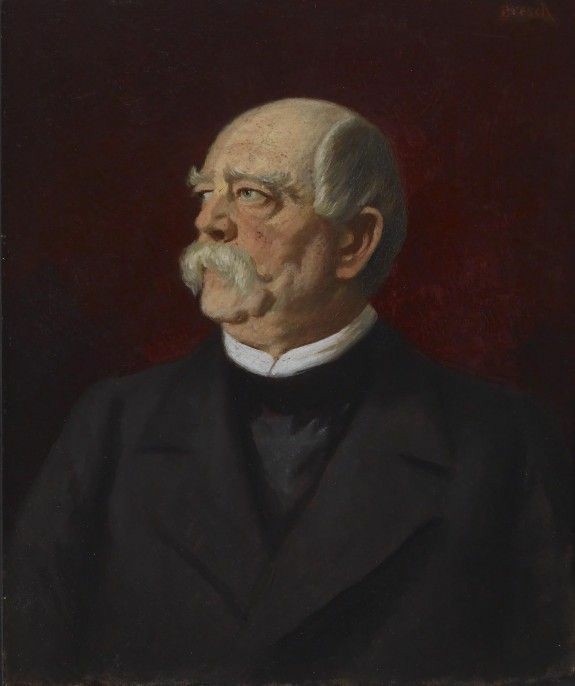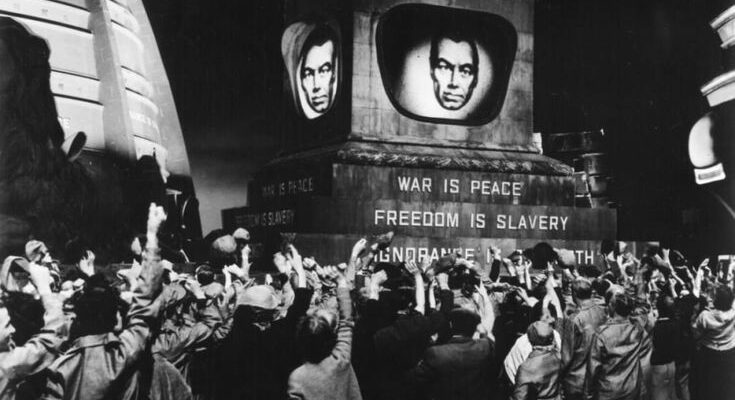I’m providing to you an article based on several conversations I’ve had with others, in terms of educating individuals on the finer psychological points of how groups, organizations, and even governments manipulate the average person. It’s important to note this technique does not work on those who are, first and foremost, educated about the topic on which an organization, group, or government seeks to manipulate someone on; hence, the importance of information control and squashing of any dissent that counters the narrative put forth.
This technique does, however, work to great effect on those who are ignorant, intellectually lazy (see many normies for example), or hyper-emotional. The main reason I’m writing this article is so you can learn to identify the influence of this technique, and another which I will also discuss, but also to avoid its influence when it is used against you. In addition to that, I also intend to illustrate just how pervasive and long standing this practice has been.
Image association is a technique of associating an image with something, more often a word or phrase. Communication throughout history is designed to convey ideas or messages, either passively or subliminally, for both good and bad. That perspective depends entirely on what side of the fence you sit on and whatever is being used to influence you. This same technique is deployed when crafting propaganda and by tapping into the emotions of the target in order to influence their actions – which is the core goal of propaganda.
For this article, we need to do a little exercise and I want you to play along. I want you to close your eyes and picture the word I’m going to drop in your head. And, I want you to assign an image to this word. Immediately conjure up what first thing that comes to your mind when you see this word. Then, remember that as you continue reading.
The word I want you to associate an image with is “terrorist.”
There is another technique used along with image association as well, and it is called linking.
Linking is when you link images, ideas, feelings, or concepts to words. Again, I will provide an example in another exercise. Let’s pretend (this is all hypothetical for the hall monitors reading this) you wish to rob a bank, but I don’t want you to think about what you would be trying to grab during this quick dash. Rather, I want you to contemplate on the things you are going to be feeling in order to successfully carry this out.
How we will do this is simple: we will make a bullet point list of four words that associate with the things you may be feeling during the robbery. It’ll be simple enough to remember as KASH.
- Keen
- Adrenalin
- Strength
- Haste
Now that you’ve been playing along, I want you to take a step back and go back to the beginning of this particular exercise. Did you spot it? The influence? Where was it exactly? Did you identify it right towards the end, or perhaps sooner?
This exercise is linking. The obvious goal of a bank robbery is to get the cash, but how are you going to successfully carry this out? Are you going to be keen in your observation skills? Are you going to have a rush of adrenalin? Do you feel like you’re going to have the strength, internally and externally, to accomplish this? Are you going to act in haste, so as not to get caught?
The linking started from the moment you began reading the exercise. Through subliminal implantation, I began, through a choice selection of words, planting the idea in your head things you would want to do and some things you would feel while doing it. The direct ones came after I attempted to implant the ideas I wanted you to think in your head. This, in essence, is what linking is and it can also be tied in with image association.
Did you catch “bullet point” as well? In the context of setting up the quick exercise it may have seemed innocent, but look beyond that for a minute – you’re robbing a bank. What are you most likely to bring? Again, this is the subtle art of manipulation and propaganda. It’s all around us, but we often fail to recognize some of the more passive and influential instances of it.
You can very much program people to behave certain ways, and do certain things, based off these two techniques. Ultimately, this is how you control populations, groups, or individuals by programming them, very much like you would a computer. In the instance of a computer though, we are talking 1s and 0s (binary language), where 1 is “on” and 0 is “off.” But, by arranging them we can make a predictable equation, which will repeatedly yield the same results.
So, when you thought of the word “terrorist,” what image did you associate with that term? Keep in mind you can associate and link more than one image to a particular word.
Did you think of some Arab wielding an AK-47? Perhaps hijackers stealing a plane? Mexican drug cartels? Any number of these and more would be correct and that is the point. That is the word you associate with terrorist. It is what you’ve been programmed to think by society at large. By no means am I trying to get you to suddenly look at genuinely bad people, who seek to do us harm, as good. That’s not the point of this whole exercise, instead it’s to show you how it can be abused.
Long time readers of ID will know many labels have been slapped on us in an attempt to associate us with less savory elements. This connects to “association,” which is another part of linking, but is used to take two separate things and get you to identify one with the other, or even both as the same.
While reading one of our latest articles, I couldn’t help but notice this technique at work. The article in focus is the “Revolucionarias de Dixie?” This specific section was quoted from another article that mentions us:
“Fishman said that this isn’t the first time Facebook has taken action of this kind. He and Pollack explained that the company had used the same strategy against other American right-wing hate organizations, including The Right Stuff and Identity Dixie, two alt-right podcasts, as well as the Revolutionary Armed Forces of Colombia (aka FARC), a leftist rebel group in Columbia.”
Can you see the linking and image association going on? At first, TRS and ID are lumped into the same category for the purposes of staging the idea that both are the same, despite TRS and ID being completely different organizations. One is an actual legal entity that espouses explicit White Nationalist rhetoric with slick podcasts and a payment processor, the other is a voluntary collection of politically incorrect Southerners of various, rightwing political persuasions that have matured over the past several years.
Then, you’ll notice how in the same quote the FARC was mentioned. Our article goes on to clarify that the FARC is a: “Far Left, Colombian, Marxists-Lennist, terror group that has killed or injured thousands of policemen and soldiers; they’ve also detonated explosives, held hostages for ransom, and engaged in the South American pastime of international drug trade.” See what’s going on here?
In essence, what Mother Jones is saying is that these “hate groups” and “podcasts” are, by extension, “terrorists” in the same vein as an actual terrorist organization which engages in real world violence! These are things we most obviously do not do, nor do we advocate. But, it’s important for Mother Jones to do this in order to justify further action against us, and other organizations, that it seeks to destroy in the name of leftist progressive politics.
When the average person hears of you and links to their traditional view of a “terrorist,” due to decades of programming (or the recondition of the concept of what a terrorist looks like), suddenly an Apache lobbing hellfire through your window is not murder or political suppression, but merely a tactical solution to “solving a terrorist problem.” That is the very real danger that outlets like Mother Jones are working towards fueling, either consciously or unconsciously. This is why narrative control is very important. And, they must not be the only ones allowed to have control over the narrative. Our very lives and reputations may depend on it.
God bless you and God bless Dixie.

I have seen three emperors in their nakedness, and the sight was not inspiring.






Otto, What you say about propaganda is very true. What comes to mind when I think of terrorists are Arabs with guns an bombs as well, because of the news. Spreading propaganda has become easier than it’s ever been due to the internet an television, that’s why we need to be careful what we’re listening to. Especially the music your kids are listening to, I always pay attention to what a song is saying an look for messages like the ones you mention. It’s nearly impossible to always spot propaganda, but most of the time you can catch it an defend yourself against it if your careful.
Exactly. The first thing you have to understand is most propaganda you are exposed to is subtle and repetitive designed not to influence you on the spot but slowly over time. That is why it is essential you are selective in the things you expose yourself or your children to. Propaganda becomes readily visible when you know what to look for hence why I’ve been writing these articles. There’s a reason I haven’t had a tv in over a decade and most of the music I listen to is old music.
Amen to that, same here